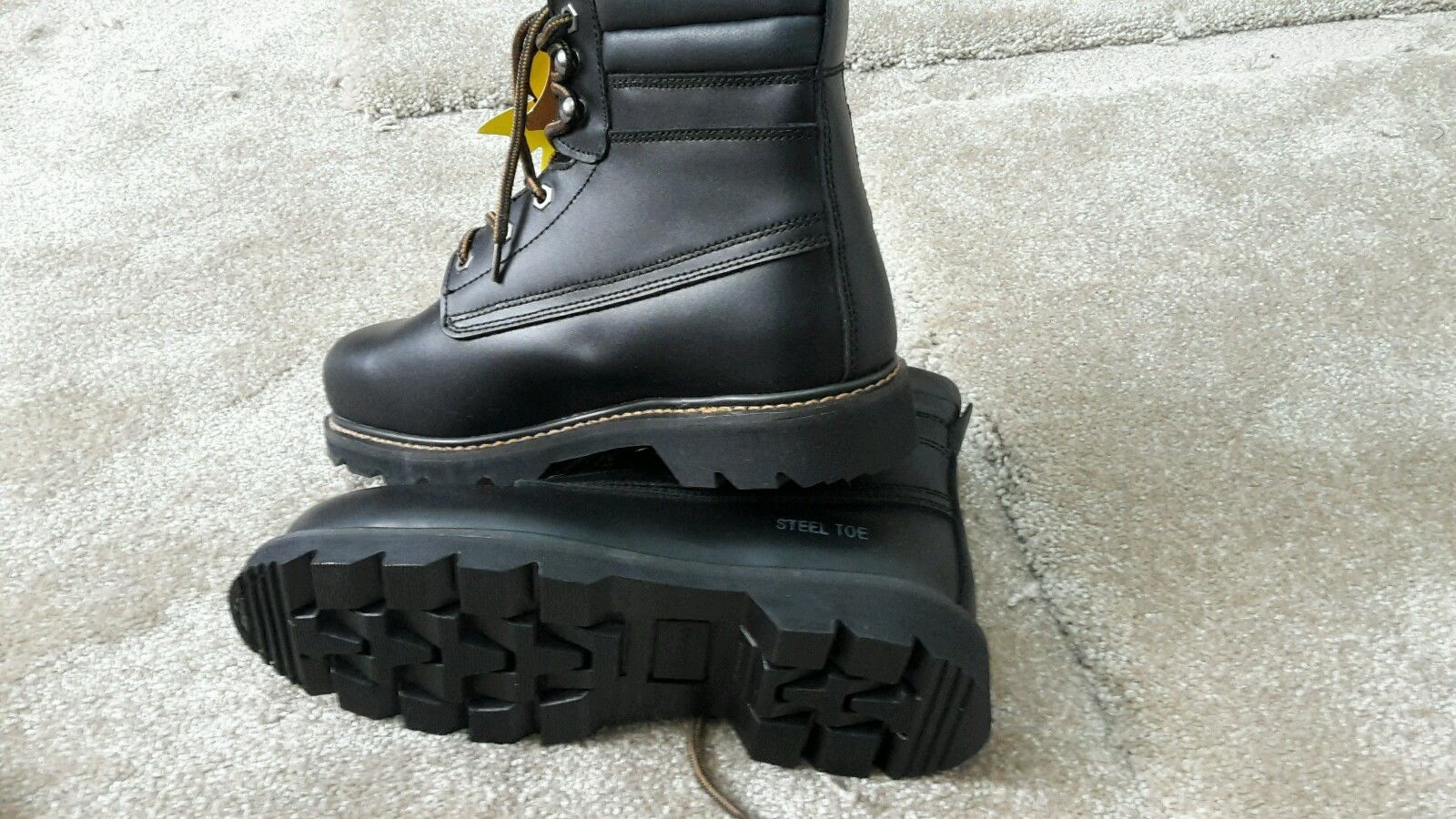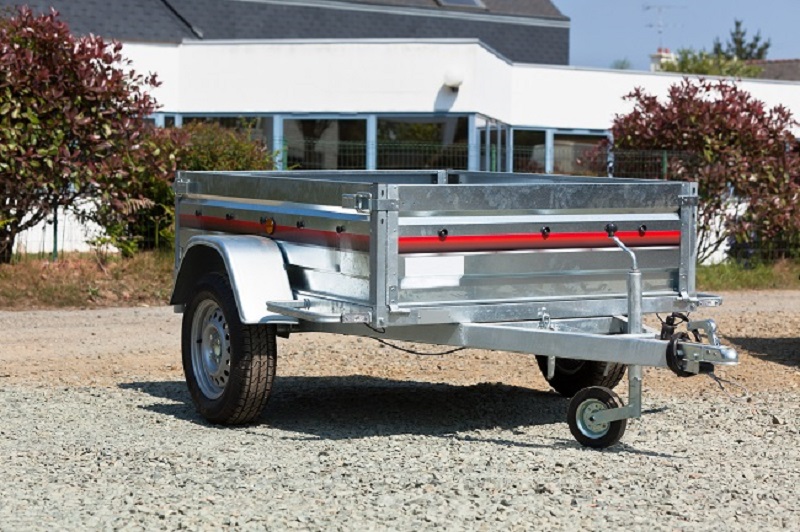Wearing safety footwear has become the norm in the modern workplace, but when looking at buying some you may have seen composite toe and steel toe, but do you know what the difference is? And which one is better?
Well…
We have done the research by looking into some of the main pros and cons we can give you a detailed description on which is better for you. But before we jump into the answer let’s give you a breakdown on the history of safety footwear and the importance main differences between the two.
The history of safety footwear
Safety boots are usually made of a protective material such as leather or a synthetic material that is reinforced to ensure maximum durability. The reinforcement helps to protect the foot from injuries, these boots also tend to have some form of toe cap either made from a metal or composite material which reduced the chance of injury on the toes themselves.
The origins of safety boots come from Germany at the end of the Second World War, and was initially invented to protect the workers for injury. Whereas before the invention of safety boots they wore standard leather boots which provided little or no protection against damages.
This led into more and more workplaces to wear protective equipment to reduce injuries, during this period governments from around the world started to put laws and legislation in place to help protect the workers.
In the 1970 the US led the first main campaign to protect the worker by releasing the Occupational Safety and Health Act. This then led the UK to follow suit and create the HSE department of the Government which creates the legislation and laws to help reduce injuries in the work place.
Since the launch of the steel toe cap boot there has also been an influx in the many varieties of safety boots to choose from such as safety trainers and safety work shoes.
Steel Toe Cap Boots
Steel toe caps have had a bad reputation since the myth of a steel toe cap actually causing your feet to be amputated due the impact of an object. Well this was tested by a popular US TV show called Mythbusters, they regularly test myths from around the world and in one episode: http://mythresults.com/episode42 they tested this myth.
The conclusion on the myth was that the toe cap would have to come under extraordinary pressure which would crush not amputate your toes, however if you wasn’t wearing a steel toe cap you would not have stood even a 10th of the pressure.
Steel toe caps are often considered to be one of the most common type of safety footwear because of their widespread availability and effectiveness. However there is more than 1 reason why these are the most popular, they are legally safer than most steel toe caps and in most environments steel toe caps are the only type of footwear allowed.
Pros
- Puncture Protection
- Shatter Proof
- Cost Effective
Cons
- Weighs more compared to composite
- Poor Insulation for winter
- Can’t go through metal detectors
Advertisement
Composite Toe Cap Boots
Composite toe caps are usually made from materials like rubber, plastic, Kevlar or a synthetic material. Used mostly by either those who have a reaction to metal or in most cases are used by electricians because of their ability no to conduct electricity. Some great benefits of wearing a composite toe cap is that the boot tends to be more lightweight than the steel alternative which can give a more comfortable feel.
Pros
- Lightweight
- Increase in electrical resistance
- Doesn’t set off metal detectors
- Great at insulating in colder environments
Cons
- Not as good a protecting against punctures
- More expensive
- Not Shatter Proof
Summary
When it comes to choosing safety boots it’s important you look at your environment and take into consideration any rules or regulations that are specific to your place of work ensuring that you can indeed wear a specific type of safety boot including steel or composite toe caps.
Then take into consideration the safety aspect of steel toe cap boots compared to a composite one as the steel toe cap will offer a greater resistance against punctures as well as being shatter proof which the composite toe cap is not.
Also if you are working with or around electricity you may not be allowed to wear safety footwear with a steel toe cap inside as this can conduct electricity and cause electrocution if not careful.







